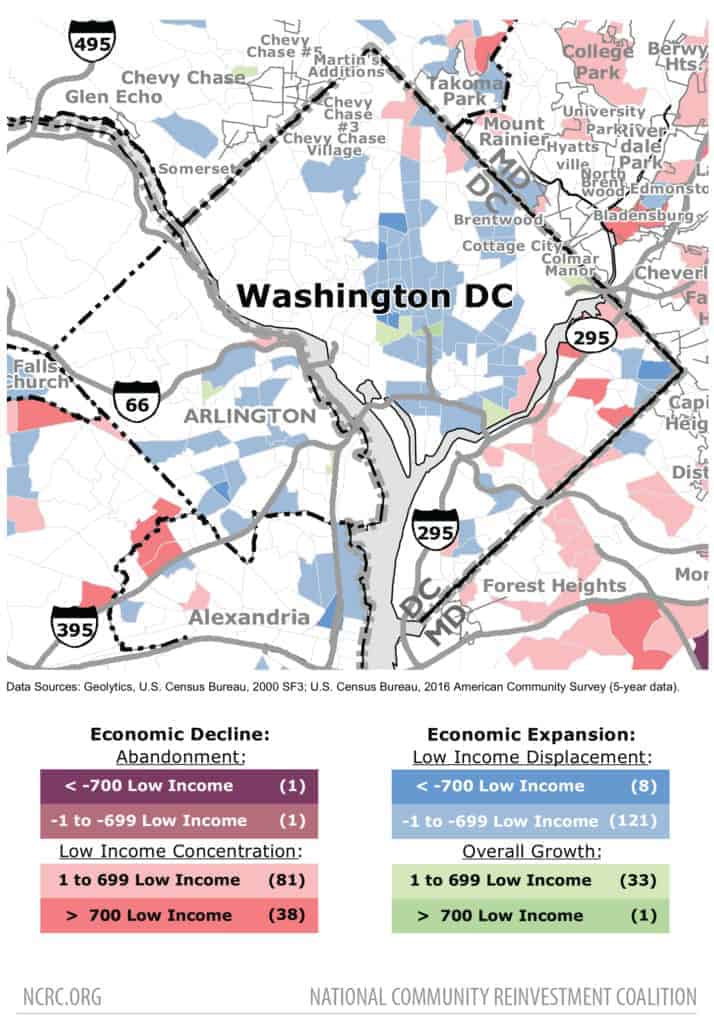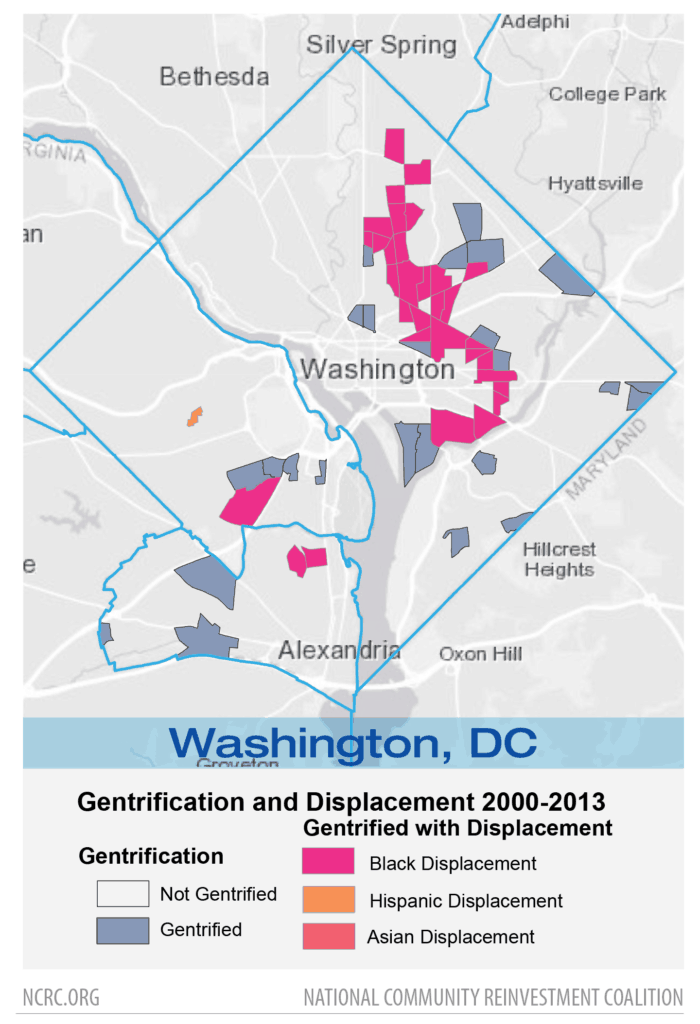Downtown areas in many economically vibrant and changing cities across the United States are being rapidly gentrified, according to a new study by the University of Minnesota School of Law. The study, “American Neighborhood Change in the 21st Century: Gentrification and Decline,” also found that neighborhoods in the inner-ring suburbs of these same cities, built in the 1950’s and 1960’s, are seeing increased poverty and larger concentrations of minority residents.
The study asserts:
- Gentrification is concentrated in the core areas of a small number of economically vibrant cities.
- Most low- and moderate-income neighborhoods continue to deal with economic decline and an increasing concentration of poverty.
- The most common form of neighborhood change is the increase of suburban poverty.
- 35 percent of African Americans live in neighborhoods that are declining economically, white flight from these neighborhoods exacerbates this trend.
This new study echoes a March 2019 report from the National Community Reinvestment Coalition (NCRC), which found that neighborhoods in certain American cities are undergoing a profound change that is comparable in scale to post-World War II suburbanization. And it is causing a “great inversion
” of the patterns of residential segregation, both racial and economic, that prevailed since the late 1960’s.
Both studies found similar results, and provided readers with impressive interactive maps to gain an even deeper understanding of what’s happening. For example, both identified Washington, D.C., as leading the nation in the level and intensity of gentrification and displacement. For those living in the D.C. metro area, this is very apparent, as historically black neighborhoods downtown are gentrified and the residents are often displaced, while many suburban Maryland and Virginia neighborhoods are seeing increased concentrations of lower-income residents, immigrants and minorities.
The findings of the University of Minnesota study and NCRC’s work also reveal strikingly similar patterns of disinvestment and gentrification. See below for an example of how closely the two maps of Washington, D.C., gentrification mirror one another. This reinforces NCRC’s belief that these findings are an accurate representation of what is going on throughout the country right now.

Figure 1: U. of Minn. study map of Washington D.C. with blue areas indicating low-income residential loss.

The University of Minnesota study also found that far more people are impacted by neighborhood decline and the concentration of poverty than are by gentrification and displacement.

This new study adds additional context by showing areas of low-income and poverty concentration. The pattern of downtown gentrification and low-income displacement coupled with low-income concentration in suburbs is clearly evident when viewing maps of Washington, D.C., Baltimore, Philadelphia and Portland, Oregon – all areas where NCRC members have noted the impact of gentrification.
The most important take-away from these studies is that a major change is occurring in how American cities are shaped, which is having a profound impact on low-income residents as housing affordability is eroded by market demand. This will require new local and national policies to assure that existing residents can enjoy the benefits of living in urban areas.
Bruce Mitchell, PhD, Senior Research Analyst, NCRC


